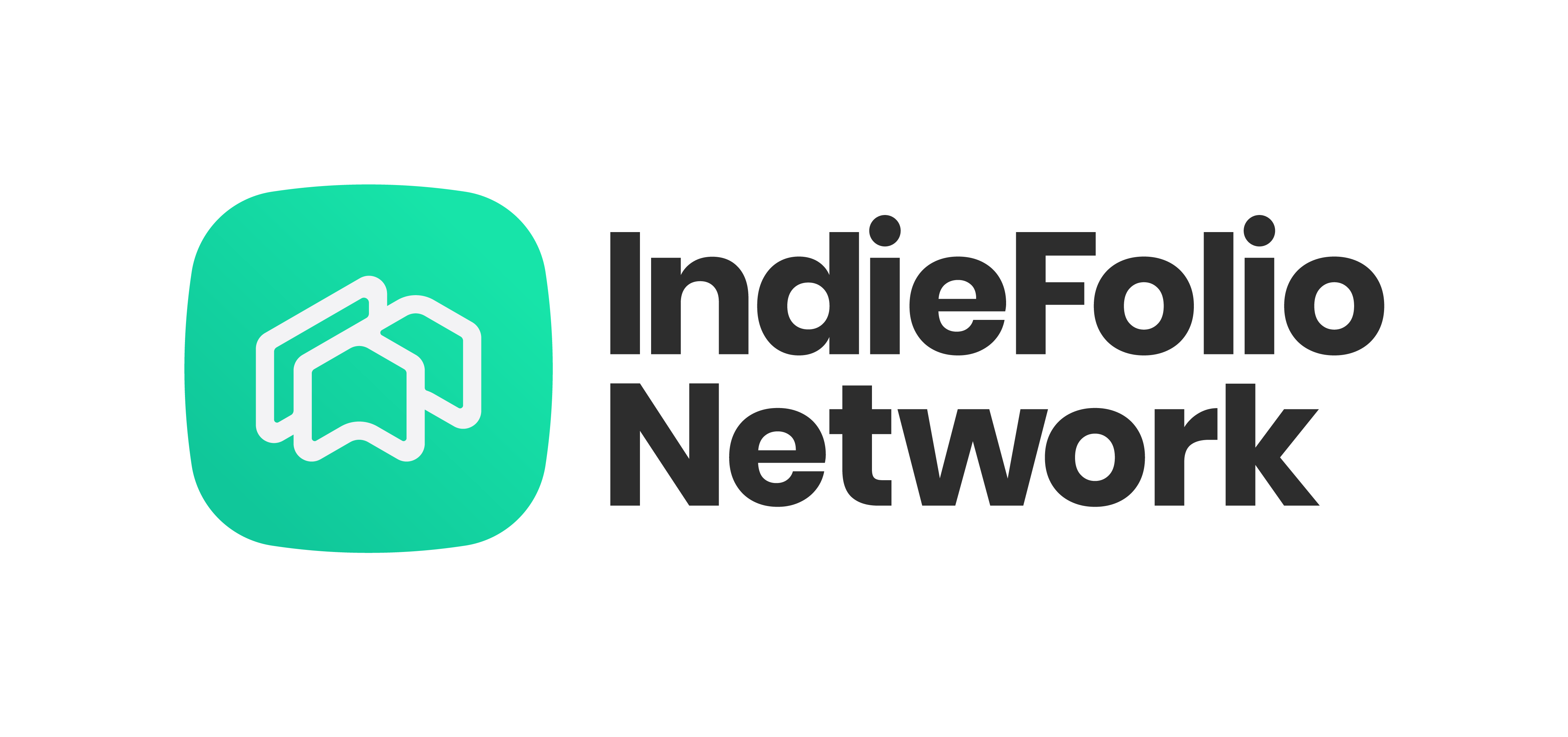Gargi Deoghare is a Product Designer with a diverse design background from After having successfully completed her internship at Beyond Design, Chicago and Prime Studio, NYC, she is on her way to her third internship at Philips Design, Bangalore. She lets us in on the secrets to creating an awesome portfolio and what do with it when it’s ready. Feel free to reach out to her for a portfolio review.
1. It’s a mirror
Your portfolio is your reflection. Before starting, spend time brainstorming and understanding yourself better and find graphical ways to reflect your identity in your portfolio. Every colour, every font, every line matters.
2. Know your future
Research the kind of firm/consultancy/studio you want to work for. Make a where-to-work wish list and prioritise the projects in your portfolio accordingly.
3. The first impression
Once you start, keep the first couple of pages as precise as you can. Let it be loud and about yourself. Know what you want to express at the beginning of the portfolio. That is when the interest shoots up to 100 or crashes down to 0.
4. It’s about the process
Each project is a process. A story! People out there want to know your process. They want to know what are the difficulties you faced and how you overcame them. Show the viewer something new you learnt and how you plan to implement them in your future projects.
5. Graphic element
Mix a fancy font with a simple font. Just fancy is too fancy and simple is too simple. Select colours wisely. They silently say a lot. They reflect your personality.
6. Hero is a zero
Just a reminder, in the whole process of building your portfolio, do not try to show that you are too good at every skill. You then are left to learn nothing more. They want you to be honest about your skills, your weaknesses and your strengths. Because let us face it, nobody is perfect!
7. The last impression
End your portfolio with a bang. That is how they remember you. Be different! People remember the stories with an unusual ending. Show off one of your best projects in the end or some very unique skill related to your work.
8. The formalities
The cover letter is a formality. Even the companies know that. But keep it personalised, talk about what you can bring to the table for the company and what you would like to learn from them at the same time. This is the first thing they see on opening your email.
9. Send! Send! Send!
If you send to 20, 10 will revert, 5 will say no, 2 will say maybe, 1 will say yes! So, keep sending! Do not give up. Follow the list you made (No.2) to keep a track of date sent and the replies received. Do not SPAM! Please!
10. HR’s are the scanners
Here’s the truth about the portfolio email you sent: The first person to see it will not be a designer. It’s first scanned by an HR executive and only then gets selected for a designer to view it. The cover letter and your resume are of more importance to them than a portfolio.
11. You are almost there!
Something that most of us shy away from is asking for a reply. Do not hesitate to ask for a reply( just try and do it as politely as possible).
This blog can be addictive. We know you must be craving more so here’s more:
This article was written by Gargi Deoghare. If you want to contact her for feedback, write to gargipdeoghare@gmail.com






